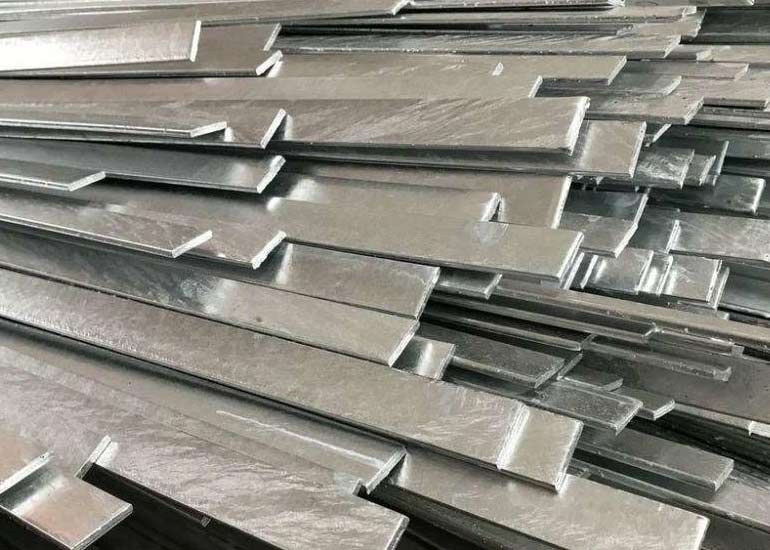
Flat shapes are ideal for all applications where strength and superior corrosion resistance is required. It has a durable dull, grainy mill finish and is widely used for all types of fabrication projects that are exposed to the elements.
| Specification | Details |
|---|---|
| Grades | 304, 304L, 316L |
| Thickness Range | 8 mm and above |
| Width Options | Customizable |
| Length Options | Customizable |
| Surface Finish | Hot Rolled, Annealed, Pickled |
| Tensile Strength | Varies by grade |
| Yield Strength | Varies by grade |
| Elongation | Varies by grade |
| Standard Compliance | ASTM A240, ASTM A480 |
| Key Feature | 304 | 304L | 316L |
|---|---|---|---|
| Corrosion Resistance | Good resistance | Enhanced resistance | Superior resistance to chlorides |
| Strength and Durability | Excellent strength | Excellent strength | Higher strength in demanding conditions |
| Formability and Weldability | Easily fabricated and welded | Easily fabricated and welded | Easily fabricated and welded |
| Temperature Resistance | Retains strength at high temps | Retains strength at high temps | Retains strength at high temps |
| Surface Finish Options | Hot rolled, annealed, pickled | Hot rolled, annealed, pickled | Hot rolled, annealed, pickled |
| Versatile Applications | Food processing, construction | Food processing, construction | Marine, chemical processing |
| Standard Compliance | ASTM A240, ASTM A480 | ASTM A240, ASTM A480 | ASTM A240, ASTM A480 |
The primary difference between 316 and 304 Stainless Steel Flat Bars are in their chemical composition. Both of them have chromium and nickel in varying amounts. Also, the 316 ss flat bars have molybdenum in its composition, which increases its corrosion resistance properties. Because of the difference in chemical composition, the 316ss has a lower melting point than the 304ss. But, the 316 Stainless Steel Flat Bars are more expensive than the SS 304 Flat Bars, and can be used in chlorine and salt environments
316 vs 304 Stainless Steel Flat Bars
1. Composition:
- 304 Stainless Steel: Contains 18% chromium and 8% nickel for excellent corrosion resistance.
- 316 Stainless Steel: Contains 16% chromium, 10% nickel, and 2% molybdenum for superior chloride resistance.
2. Corrosion Resistance:
- 304 Stainless Steel: Resists many corrosive environments but may pit in chloride conditions..
- 316 Stainless Steel: Superior corrosion resistance makes it ideal for marine and chemical applications.
3. Strength and Durability:
- 304 Stainless Steel: Offers good strength and is suitable for general-purpose applications.
- 316 Stainless Steel: Offers higher tensile strength and durability, ideal for demanding applications.
4. Applications:
- 304 Stainless Steel:Widely used in kitchen equipment, food processing, and architecture.
- 316 Stainless Steel: Ideal for marine and chemical use due to superior corrosion resistance.
5. Cost:
- 304 Stainless Steel: Generally less expensive, making it a cost-effective option for many applications.
- 316 Stainless Steel:Costlier due to higher alloy content, but justifies critical corrosion resistance.

